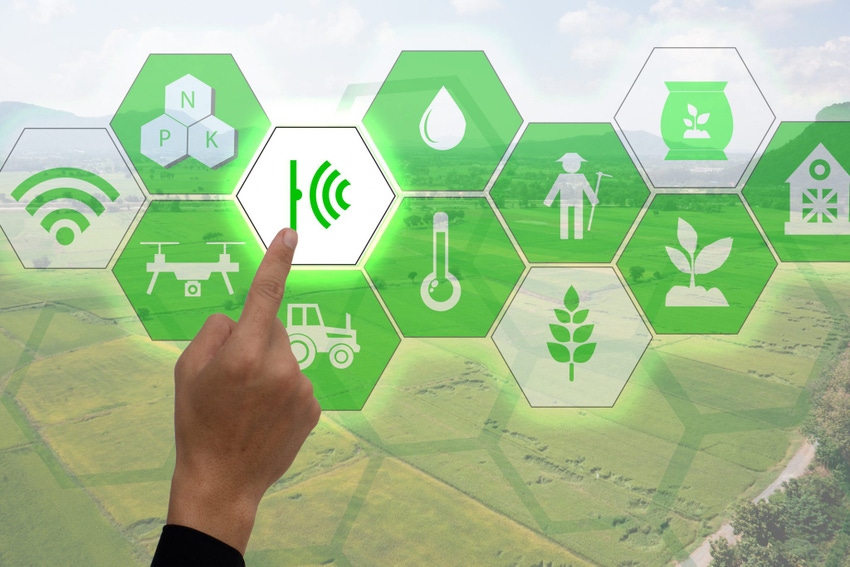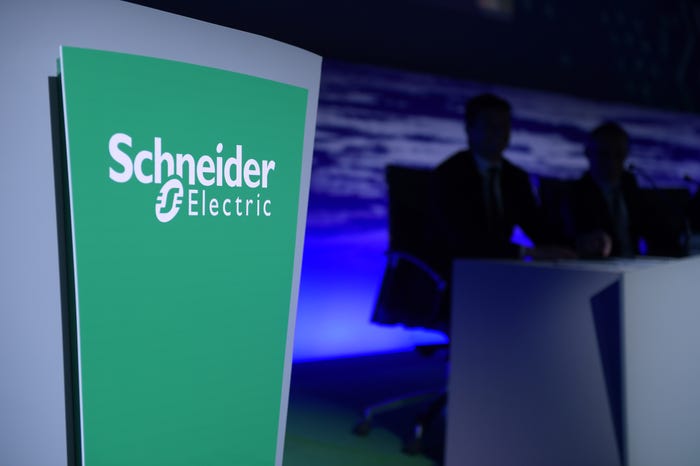AWS’ Greengrass software allows processing and analysis of data at the edge of an IoT ecosystem.
June 8, 2017

AWS Greengrass software made available today will extend AWS computing capabilities to devices and assets at the edge of an IoT ecosystem to allow them to process and analyze data locally, reducing latency, compliance, and connectivity issues presented by circling back to the cloud to act.
Running workloads for edge computing applications in the cloud has been challenging because intelligence is needed at the local level for these devices to be truly smart and in sense and respond modes, according to Ray Wang, principal analyst and co-founder of Constellation Research. In turn, organizations don’t want to saturate the network with IoT sensor data.
Take a weather monitoring system on a farm that needs to decide whether the farm is in the middle of a hot, dry day, an example offered by Enterprise Management Associates Senior Analyst Shamus McGillicuddy. If it relies on the cloud to perform analysis on whether it should tell the irrigation system to water the field, and connectivity is lost, the crops may not get watered enough, or at the right time, and die.
“IoT implementations need to be able to do a great deal of analysis of IoT data at the edge for a number of reasons,” McGillicuddy said. “If they rely on the cloud for that analysis, then they face the risk of losing contact with that cloud and being unable to make data-driven decisions. Local analysis can get the job done.”
As such, AWS Greengrass extends AWS cloud capabilities–including AWS compute, messaging, data caching, and sync–to local devices, enabling them to securely share that information, and act on the data they generate while using the AWS cloud for management, analytics, and storage, according to AWS.
Customers can use AWS Lambda, an event-driven, serverless computing platform, to run code locally on connected devices in the same way they do on the AWS cloud, something that will shorten and ease development cycles and strengthen AWS’ reputation as a top cloud platform for developers, according to analysts.
AWS offered several examples of use cases in its press release announcing the news in asset-intensive industries, touting the value of Greengrass in areas where there are unreliable Internet connections, or industry regulations around data management. Analysts agree the technology holds particular promise there.
“This will allow companies to manage a fleet of devices through the IoT,” said Matthew Littlefield, president and principal analyst at Cambridge, Mass.-based LNS Research.
In turn, a differentiating capability is the ability of AWS Greengrass to enable a secure connection, and allow network professionals to model threats to IoT data in motion, between the IoT edge and the cloud, according to McGillicuddy.
“Network pros have told EMA that one of their biggest challenges is that many IoT devices lack the ability to create these secure connections,” McGillicuddy said.
About the Author(s)
You May Also Like


.png?width=700&auto=webp&quality=80&disable=upscale)
.png?width=300&auto=webp&quality=80&disable=upscale)


.png?width=300&auto=webp&quality=80&disable=upscale)